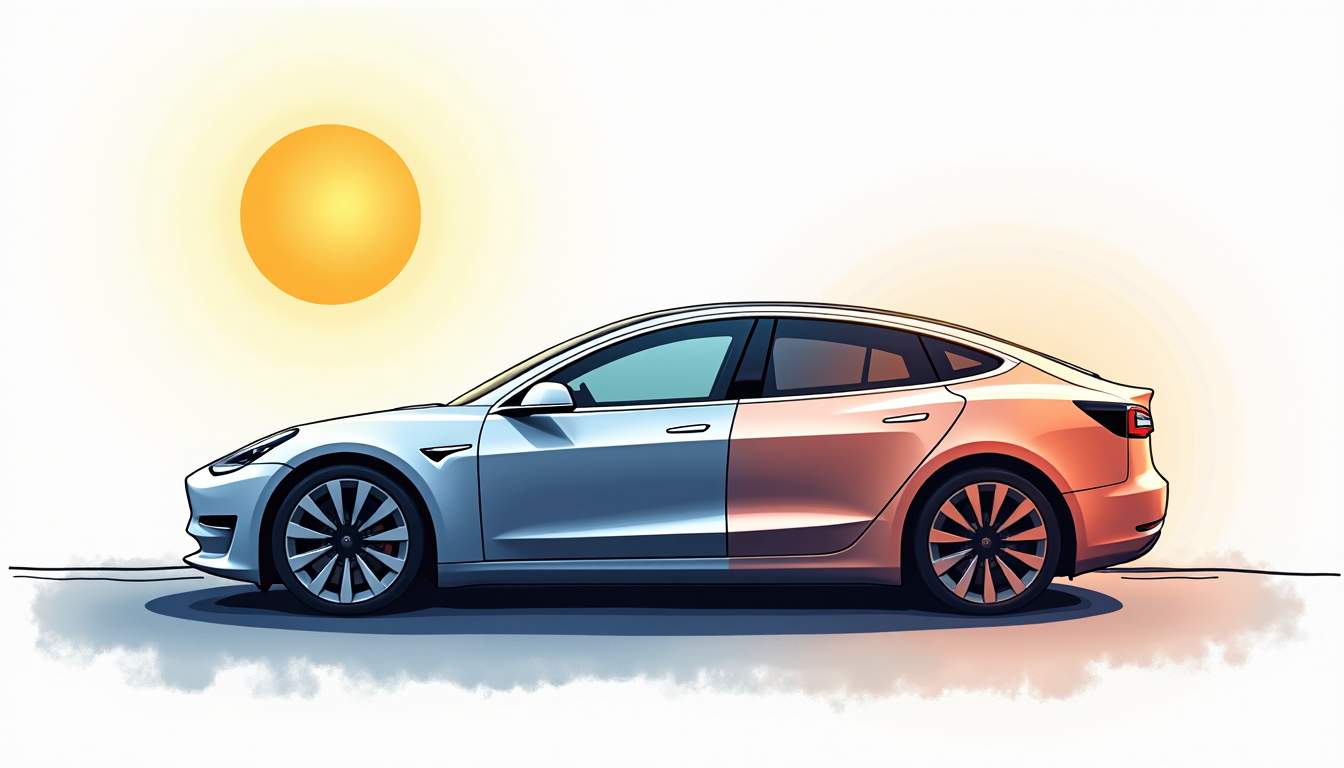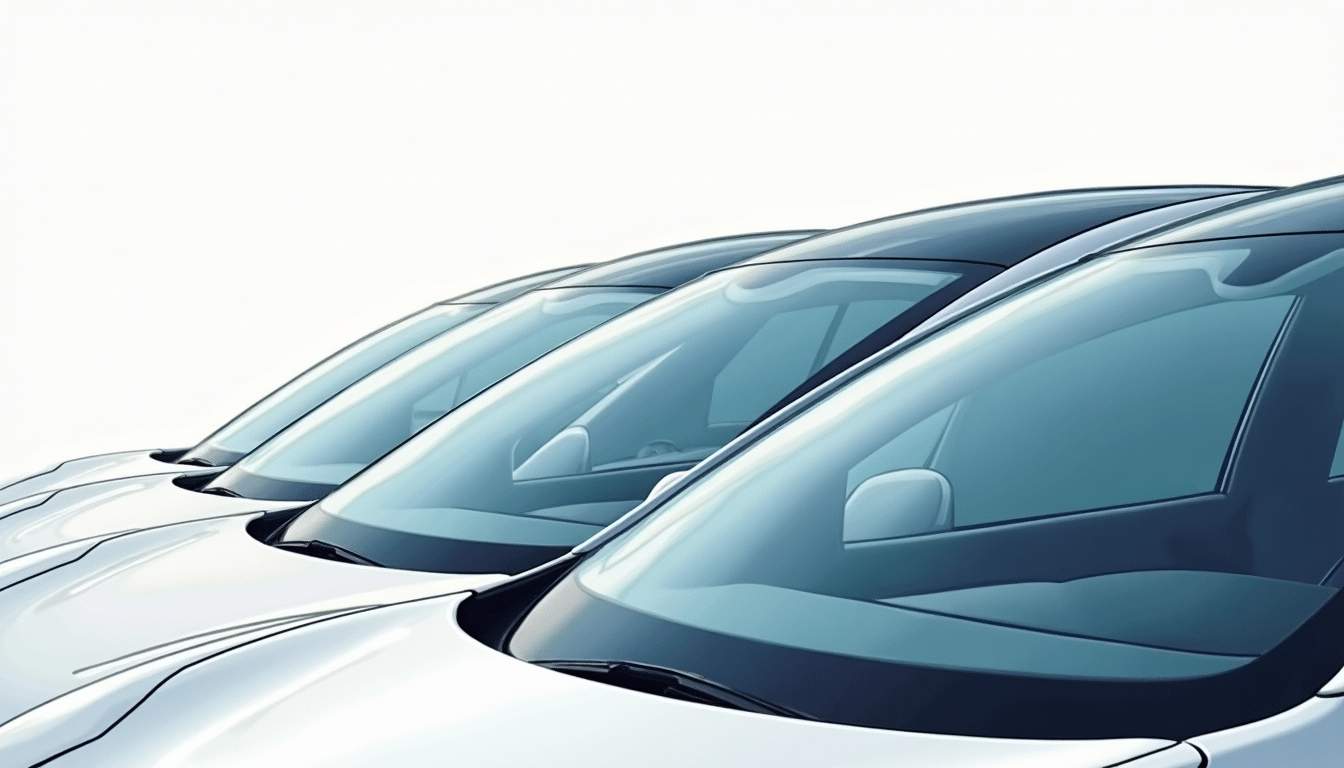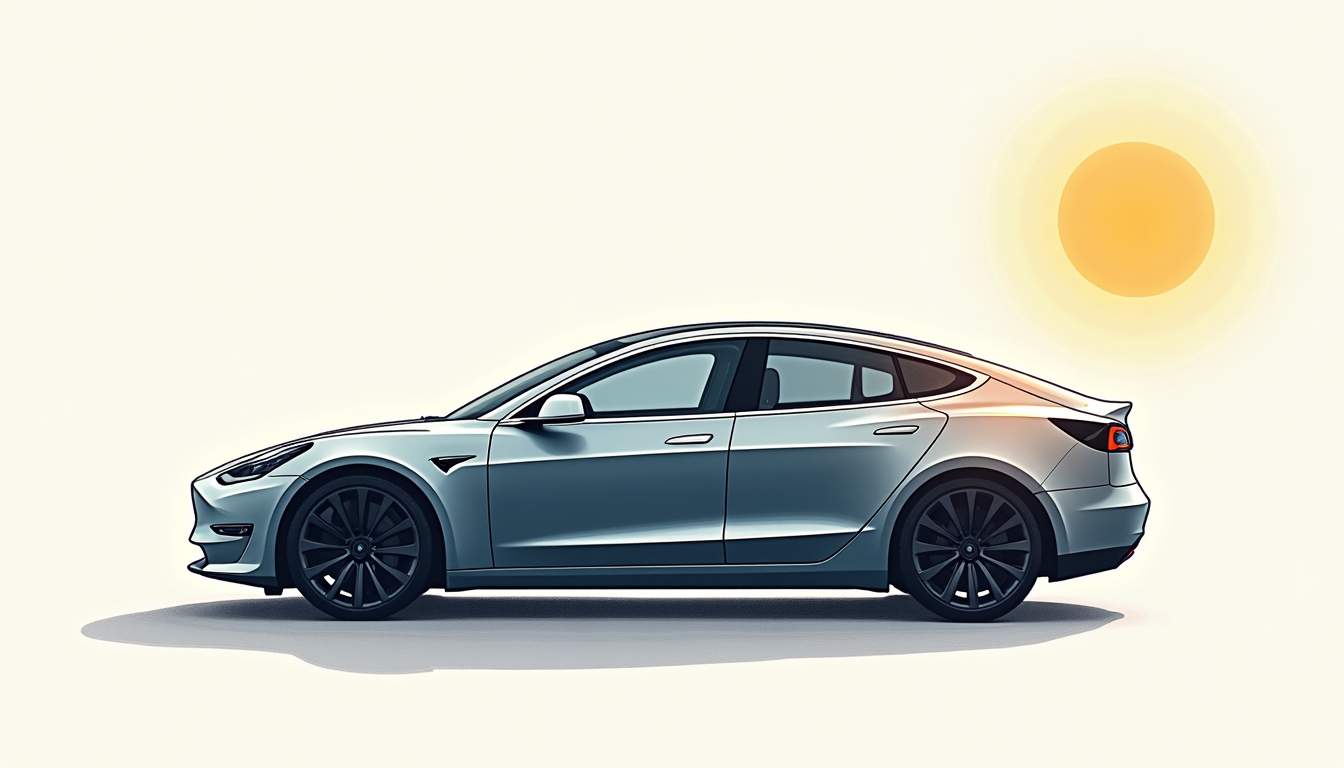
Tesla vehicles have rapidly become some of the most sought-after electric cars on the market, admired not only for their cutting-edge technology but also for their sleek design and impressive performance. One popular customization that Tesla owners often consider is window tinting. Tinting can enhance privacy, reduce glare, and protect the interior from UV damage, but Tesla’s unique features and materials require special attention during the tinting process.
This article explores the special considerations and techniques involved in tinting Tesla windows, helping owners make informed decisions and ensuring the best results.
Understanding Tesla’s Unique Window Features
Advanced Glass Technology
TTesla vehicles use advanced glass technology that often includes UV protection and acoustic dampening layers. For example, the Model 3 and Model Y have a panoramic glass roof that offers a seamless view while providing some degree of UV and infrared protection. This glass is designed to reduce heat and noise inside the cabin, making the driving experience more comfortable. The panoramic roof not only enhances the aesthetic appeal of the vehicle but also contributes to a spacious feel, allowing natural light to flood the interior, which can positively impact the mood of both drivers and passengers.
Because Tesla’s glass is engineered with these built-in features, window tinting must be carefully selected and applied to avoid interfering with the car’s original performance. Using the wrong type of tint or an improper installation method can reduce visibility, interfere with sensors, or even damage the glass. Additionally, the glass technology employed in Tesla vehicles is often more resilient than standard automotive glass, providing enhanced durability against impacts and scratches. This means that while tinting can enhance privacy and reduce glare, it is essential to choose products that complement the advanced properties of Tesla’s glass to maintain its integrity and functionality. To ensure optimal results and compliance with Tesla’s glass design, it’s crucial to work with professionals like OC Tint Solutions who can recommend the ideal tint percentage for your specific model and driving needs.
Integrated Sensors and Cameras
Many Tesla models come equipped with a suite of sensors, cameras, and radar systems that support features like Autopilot and Full Self-Driving (FSD). Some of these sensors are mounted behind or near the windows, especially on the windshield and side windows. The strategic placement of these sensors is crucial for the vehicle’s ability to perceive its surroundings accurately, allowing for real-time data collection that enhances safety and navigation capabilities. The integration of these technologies is a testament to Tesla’s commitment to innovation and safety in the automotive industry.
Applying tint in these areas requires precision to ensure the sensors continue to function correctly. For instance, tint films that block infrared or radio frequencies can interfere with sensor operation, potentially compromising safety features. Therefore, it’s crucial to use tint films that are compatible with Tesla’s sensor technology or to avoid tinting certain windows altogether. Furthermore, Tesla vehicles often utilize a unique calibration process that ensures the sensors are aligned and functioning optimally. This means that any modifications, including window tinting, should be performed by professionals familiar with Tesla’s specifications to avoid unintended consequences that could affect the vehicle’s performance and safety systems.
Choosing the Right Window Tint for Your Tesla
Types of Window Tint Films
Window tint films come in various materials and technologies, each offering different benefits and drawbacks. The most common types include dyed, metalized, ceramic, and hybrid films.

- Dyed Films: These are the most affordable and primarily reduce glare and provide privacy. However, they tend to fade over time and offer limited heat rejection.
- Metalized Films: These contain tiny metal particles that reflect heat and UV rays. While effective, they can interfere with radio signals and sensors, making them less ideal for Teslas.
- Ceramic Films: Ceramic tints are non-metallic and block heat and UV rays without interfering with electronics. They are more expensive but highly recommended for Tesla vehicles.
- Hybrid Films: These combine dyed and metalized layers to balance cost and performance, but potential interference with sensors remains a concern.
Given Tesla’s advanced technology, ceramic films are generally the best choice. They provide excellent heat rejection, UV protection, and maintain clear visibility, all without disrupting the car’s electronics. Additionally, ceramic films are known for their durability and resistance to scratches, making them a long-term investment for Tesla owners who want to preserve the aesthetic and functionality of their vehicles.
When selecting a window tint, it’s also essential to consider the aesthetic aspect. Many Tesla owners appreciate the sleek, modern look that high-quality tints can provide. Ceramic films, in particular, come in various shades and can enhance the overall appearance of the car while ensuring that the interior remains cool and comfortable. This combination of style and functionality is a significant factor for many Tesla enthusiasts.
Legal Considerations and Tint Darkness
Each state or country has regulations governing how dark window tint can be, often measured by Visible Light Transmission (VLT) percentage. Tesla owners should check local laws before tinting to ensure compliance.
In many regions, front side windows must allow more light through than rear windows, and the windshield may only be tinted at the top edge. Since Teslas have large glass surfaces, especially panoramic roofs and windshields, it’s essential to respect these rules to avoid fines or safety issues. Moreover, understanding the implications of these regulations can help owners make informed decisions about their tinting options, ensuring they enjoy the benefits of window film without legal repercussions.
Furthermore, some jurisdictions may have specific exemptions for certain vehicles or tint types, particularly for those with medical conditions requiring additional UV protection. It’s advisable for Tesla owners to consult with local tinting professionals who are familiar with the regulations in their area. This can not only save time and effort but also ensure that the installation is done correctly, maximizing both compliance and performance.
Special Techniques for Tesla Window Tint Installation
Preparation and Cleaning
Proper preparation is key to a flawless tint installation. Tesla’s glass surfaces are often treated with special coatings, so using the right cleaning products is critical. Installers should avoid abrasive cleaners or tools that could scratch or damage the glass.
Thorough cleaning removes dirt, oils, and residues that can cause bubbles or poor adhesion. In addition, the edges of Tesla windows may have delicate seals or sensors nearby, requiring careful handling to prevent damage.
Precision Cutting and Fitting
Tesla windows, especially panoramic roofs and curved side windows, present challenges for tint cutting and fitting. Unlike traditional flat windows, these surfaces require precise measurements and sometimes custom-cut films to ensure a perfect fit without wrinkles or gaps.
Many professional installers use computer-aided design (CAD) templates or digital plotters to cut tint films accurately. This technology helps match the complex shapes of Tesla windows, minimizing waste and installation time.
Applying Tint Without Affecting Sensors
As mentioned earlier, Tesla’s sensors and cameras are sensitive to certain types of tint films. Installers must identify sensor locations and use films that do not block infrared or radio frequencies. Some installers use specialized films designed to be sensor-friendly or leave sensor areas untinted if necessary.
During application, care must be taken to avoid air bubbles or dust particles that could obscure sensors or cameras. The use of professional-grade tools and techniques, such as squeegees with soft edges and cleanroom environments, can improve results.
Maintaining Your Tesla’s Window Tint
Cleaning and Care Tips
Maintaining tinted windows on a Tesla requires gentle care to preserve the film’s appearance and performance. Owners should use mild, non-abrasive cleaners and soft microfiber cloths to clean the windows. Avoid ammonia-based products, as they can degrade tint films over time.

Regular cleaning prevents buildup of dirt and grime that can scratch or weaken the tint. Additionally, owners should avoid rolling down windows immediately after installation to allow the adhesive to cure fully, typically 3 to 5 days.
Monitoring for Damage and Wear
Over time, window tint can develop bubbles, peeling, or discoloration, especially if exposed to harsh conditions or improper cleaning. Tesla owners should inspect their tint regularly and address any issues promptly to avoid further damage.
If damage occurs, professional removal and reinstallation may be necessary. It’s advisable to choose a reputable installer who offers warranties on their work to protect against premature failure.
Benefits of Window Tinting for Tesla Owners
Enhanced Comfort and Energy Efficiency
Tesla vehicles are known for their efficient electric powertrains, but cabin temperature control still impacts battery range and comfort. Window tinting helps reduce heat buildup inside the car by blocking infrared rays, which lowers the need for air conditioning and extends driving range.
By keeping the interior cooler, tinting also protects upholstery and electronic components from heat-related wear, preserving the vehicle’s value and aesthetics.
Improved Privacy and Security
Privacy is a significant concern for many Tesla owners, especially given the high value of these vehicles and their visible technology. Window tinting reduces visibility from the outside, deterring potential theft or unwanted attention.
Additionally, tinted windows help protect occupants from harmful UV rays, reducing skin exposure and preventing interior fading.
Finding a Professional Tesla Window Tint Installer
Experience and Expertise
Because Tesla vehicles have unique glass and sensor configurations, it’s vital to choose an installer experienced with Teslas specifically. Professionals familiar with Tesla’s design can recommend the best tint films, avoid sensor interference, and ensure a high-quality finish.
Look for installers who use precision cutting tools and offer warranties on their work. Reading customer reviews and asking for examples of previous Tesla tint jobs can help identify qualified providers.
Consultation and Customization
A good installer will provide a consultation to discuss your tint preferences, legal requirements, and any concerns about sensor compatibility. They should be able to offer customized solutions tailored to your Tesla model and driving habits.
Some installers also provide additional services such as paint protection film or ceramic coating, which can complement window tinting and enhance overall vehicle protection.
Conclusion
Tesla window tinting is more than just a cosmetic upgrade; it’s a functional enhancement that requires careful consideration of the vehicle’s advanced glass technology and sensor systems. Choosing the right tint film, understanding legal restrictions, and employing specialized installation techniques are essential to achieving the best results without compromising safety or performance.

By selecting high-quality ceramic films and working with experienced professionals, Tesla owners can enjoy improved comfort, privacy, and energy efficiency while preserving the integrity of their innovative vehicles. Proper maintenance and care will ensure that window tinting remains a valuable addition for years to come.